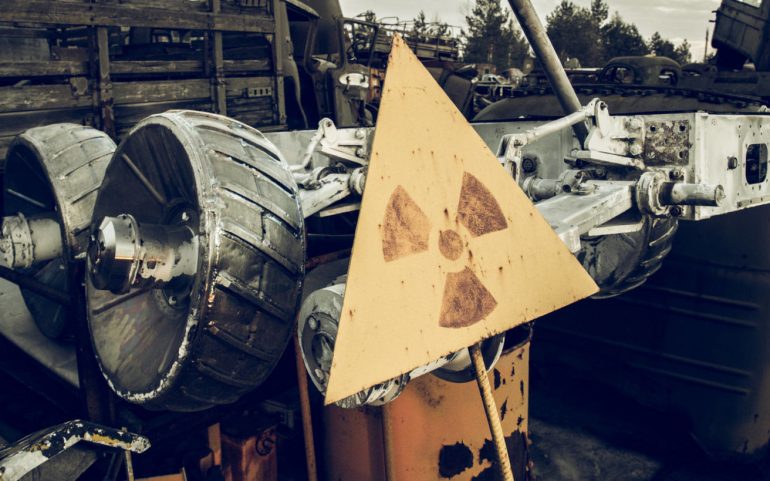Five minutes before midnight on April 25, 1986, a routine check on reactor No. 4 at the Chernobyl nuclear power plant in Pripyat, present-day Ukraine, went completely wrong.
The idea was simple: the technicians wanted to simulate what would happen in the event of an electric shock blackout, that is, if the water pumps would work with the generators to cool the reactor in a short time. At the station control room, shift leader Leonid Toptunov began turning off the switches.
For a few seconds, everything seemed normal. Then that sound was heard, like a mechanical roar. The boastful factory of the Soviets, which advertised the technological superiority of the Union at the ends of the earth, began to tremble.

The technicians would not be able to do much, as an explosion would soon take place. A historical explosion which sent to the sky the 2.000-ton concrete roof and to panic the whole of Europe.
Even today, the Chernobyl nuclear accident remains the worst disaster in the realm of nuclear technology. Only the Fukushima disaster in Japan in 2011 can be compared in terms of terror. But there is a noticeable difference: the Fukushima was hit by natural disaster, a tsunami in this case, while Chernobyl by "human stupidity", as the "Wall Street Journal" characterizes it without rotation. And it does not mean human error.
More than 30 years later, Adam Higginbotham reconstructs the tragic story of Chernobyl, bringing to light unknown and extremely disturbing aspects of an accident that plunged the world into darkness. "Midnight at Chernobyl" is the title of his book, a true thriller that reveals the human insult and excessive ambition that ends in death.
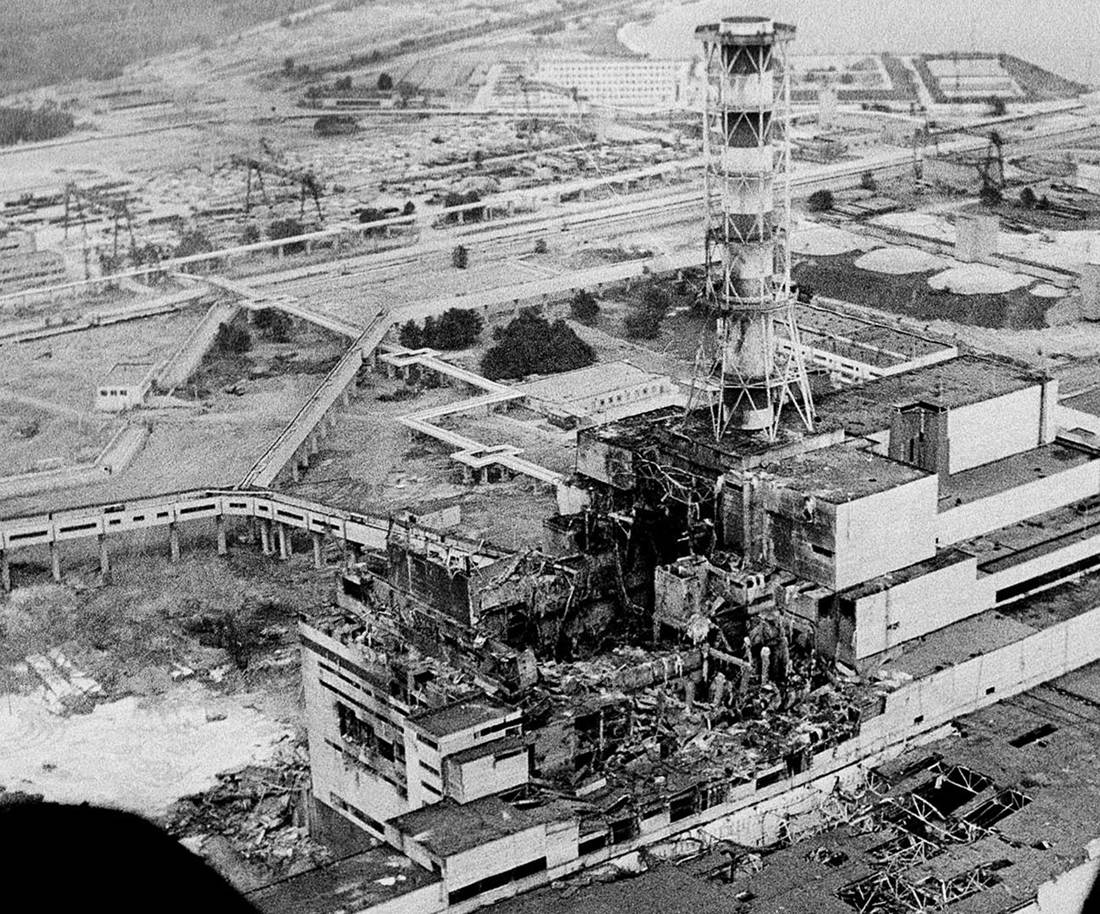
Add to that the hard-core bureaucracy and the "red" political games, the unfortunate engineers and the stunted processes, some bad guys and so many other victims and you have a creepy cover story. A story that some would definitely like to keep in the dark forever.
Distinguished British researcher Higginbotham spent several hundred hours interviewing over a period of more than 10 years, studying all available documents, waiting for declassified documents to be declassified, and gaining access to unpublished material before filling the 560 pages of his book.
What it has given us is a revealing timeline of the accident that blames the peculiar nature of its nuclear program USSR, the proverbial secrecy of the regime and the criminal irresponsibility of the officials. Extremely human things, that is…
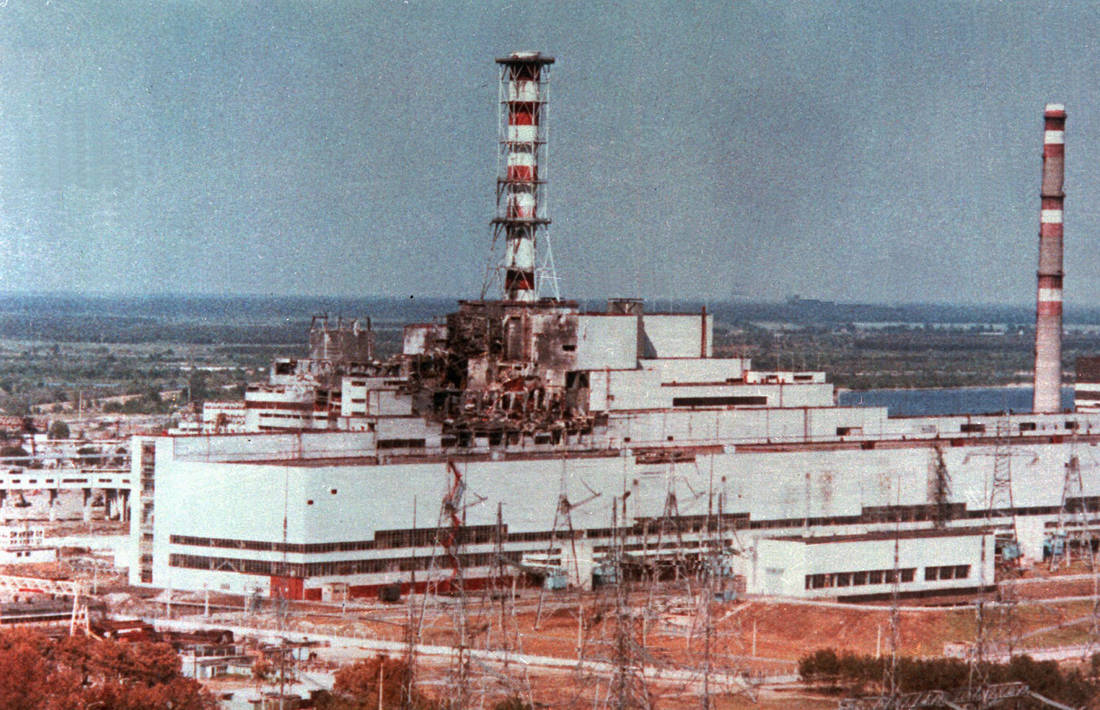
Mechanical engineer Alexander Yuvchenko was on duty that night. And he was probably the first to realize the magnitude of the disaster. Valery Khodemchuk's friend was missing, there was debris everywhere, the roof had a huge hole and cut wires were swaying, filling the world with sparks.
Even worse was this "glowing column of ethereal blue-white light, reaching as far as the night sky and disappearing into infinity." This was the radioactive ionization of the atmosphere as the reactor atoms were dumped into the outside world. Soon a dense radioactive cloud would envelop southern Belarus and eventually travel northwest, reaching as far as Sweden. Europe was shrouded in a veil of panic and disease.
Η USSR reacted spasmodically and inadequately. The director of Chernobyl, Viktor Bryukhanov, sat in his office unperturbed and watched the report of his experts with suspicion. Higginbotham thinks he could not believe the numbers of radioactivity they brought before him.
Local Ukrainian officials refused to evacuate the area, as neither of them seemed to accept the experts' assessments. In all, Moscow's Politburo deliberately downplayed the scale of the crisis, worrying more about the country's public image abroad than about its swift and decisive response to the catastrophe.
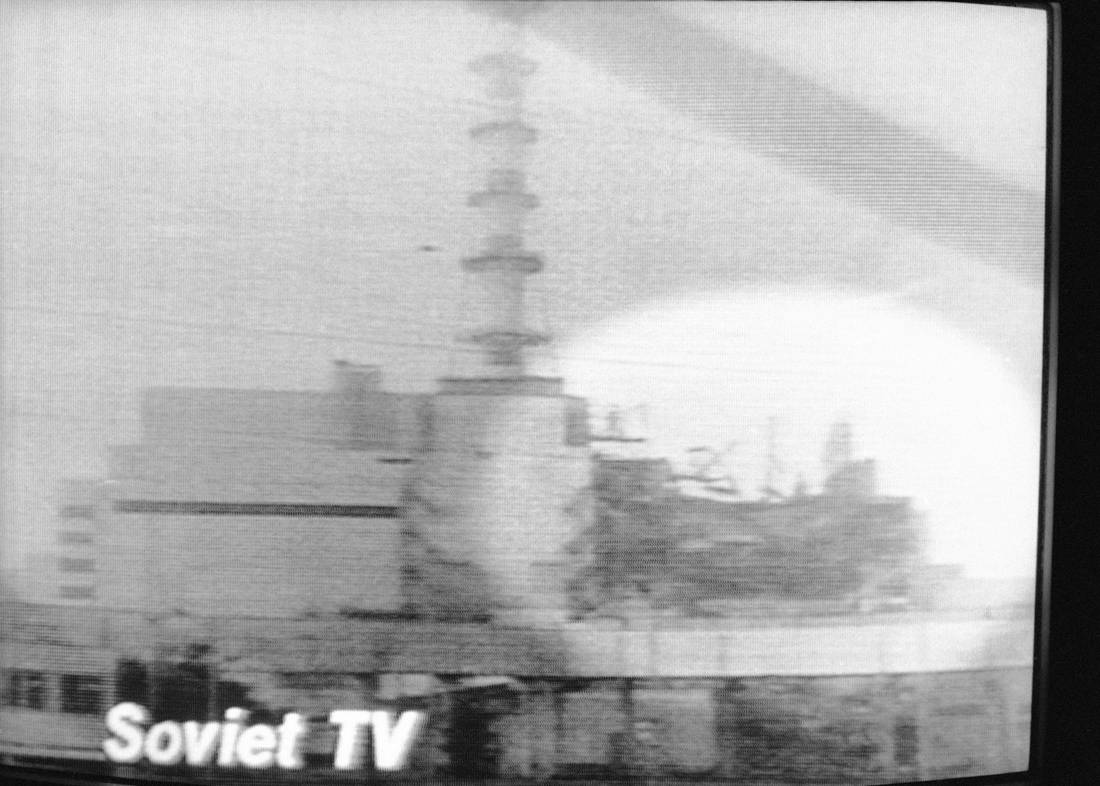
It took two whole days for the order to evacuate Pripyat, the model atomic city built next to the Soviet Union's largest and most powerful nuclear power plant, just three kilometers away. A resident who returned to the city of 3 people from the weekend vacation found her a ghost. Only pets left. Their furs were contaminated you see by the poisonous dust and they had to be left behind.
In this bureaucratic incompetence, moments of amazing heroism unfolded, Higginbotham tells us. One we already knew: the three volunteers who made up the suicide team to avert the radioactive holocaust of Europe. And they had to be buried in lead coffins.
At the same time, life-threatening helicopter pilots threw sandbags into the heart of the reactor, trying to drown its flaming red core. After each flight, they burned their clothes and disinfected as best they could. As they believed best, since there was no information. Some of them told the Briton that when they returned to the helicopters, they saw that the grass around them had turned yellow.
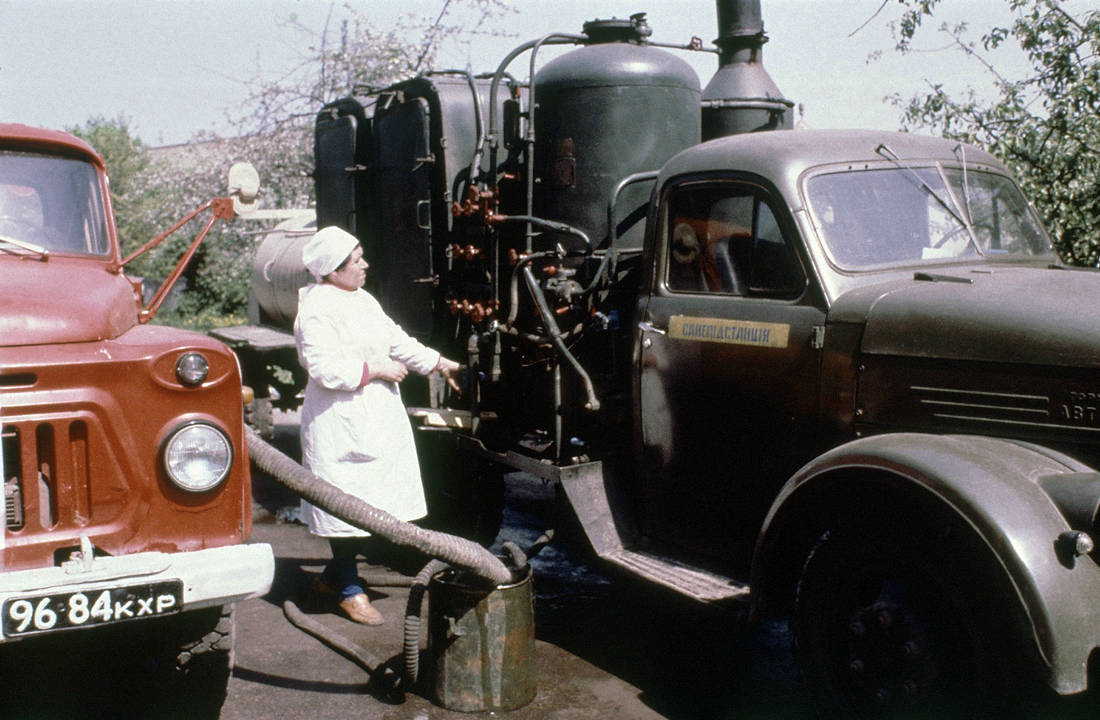
Meanwhile, Toptunov and his 53 colleagues died in Moscow hospitals. They were dying one after the other and their own people were watching them disappear helplessly.
The enemy, however, was asymmetric and the oligarchy of the Authorities undoubtedly worsened the situation. Fifty tons of uranium from the reactor core evaporated instantly and were released into the atmosphere. Another 70 tonnes of uranium and 900 tonnes of radioactive graphite were dispersed in the surrounding area, causing some 30 outbreaks. fire.
The stock of 800 tons of toner that remained inside the reactor was engulfed in flames, causing a fiery hell that would burn incessantly for 10 whole days. What was the first concern of the officials, according to Higginbotham? Do not let the news come out of Soviet territory…

Higginbotham claims that if it were in the hands of the Union, no one would ever know about Chernobyl. The communist prestige was hurt, disaster was considered institutional, and the infamous "red" technological supremacy was now on the table.
The researcher tells us that the bureaucrats squeezed the engineers into a bizarre witch hunt. His study showed a well-made cover-up attempt: the word "infection" did not refer to any government paper and everyone was pressured to say that the mistake was not human, but a flaw in the system, a safety valve that did not work.
In fact, the exhibition initially talked about an incredible series of tragic coincidences! Even the builders of Chernobyl, Higginbotham always reveals, were forced to declare that "it was an accident doomed to happen," an accident that not even a well-tuned Soviet machine could have prevented.
But it could reduce both its damage and its deadly impact on the world. The regime waited three whole days to admit the accident. And if the alarm at Sweden's nuclear power plant had not been sounded by the radioactive cloud enveloping the country, they might never have done so.

The radioactive contamination, however, traveled around the globe and in high concentrations radioactivity were even found on farms in North Wales. But also in Japan! The evil was great enough to be hidden.
Higginbotham suggests that the accident may indeed have been inevitable. Not because it was "doomed", but because in the technological optimism of the 1970s and the relentless pride of the Soviets, appropriate safeguards were never taken.
At the same time, when the magnitude of the catastrophe became apparent, the state apparatus reacted spasmodically again. Now they were even sending military reservists to clear the area, picking up radioactive waste with their bare hands, while officials continued to deny the extent of the horror.
At the time when they were calling the people internally for a "patriotic sacrifice", they were threatening everyone involved to ensure their silence. When a factory executive hinted that Pripiat residents should be notified, the Chernobyl manager immediately hung up the unit. The KGB then undertook to monitor those who knew things and situations, disappearing evidence and clues.
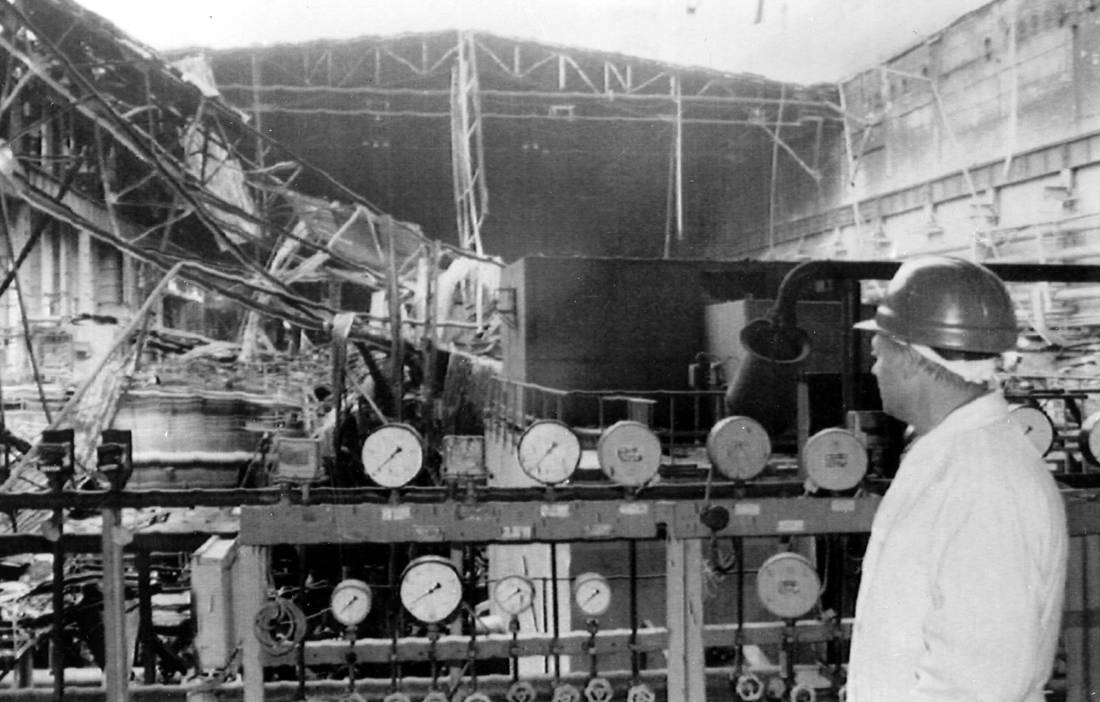
Only 54 people were officially mentioned by the USSR, an estimate accepted by international bodies, including the UN. More than 600.000 people took part in operations to curb radioactivity simply because the leadership did not want to identify them. The author typically speaks of "incompetence, corruption and moral erosion within the party machinery" as a state that sends its citizens like sheep to slaughter.
Even today, the blood tax paid by Soviet citizens from the mismanagement of the situation is a product of sabotage. From the few thousand who died shortly after the disaster to the tens of thousands who would develop cancer in the years to come, Chernobyl's impact was disproportionately greater than Soviet propaganda could handle.
Higginbotham also claims that the Soviets knew firsthand how prone to such failures were the reactors their. A small incident at the Leningrad nuclear power plant in 1975 showed that "such accidents can not only happen, but are terribly likely even in the day-to-day operation of the units," concluded a confidential study buried by nuclear officials.
And that's what they did in the next decade, the researcher tells us, they kept the design and structural flaws of the reactors secret. In other words, they knew from other minor incidents that if the power was cut off in the reactor cooling pumps, the time to get in front of the generators again was alarmingly long. So much so that a catastrophic overheating and the resulting melting of the core would not be at all unlikely. What did they do about the defect? They buried it in their drawers.

"The catastrophe was the result of the central planning economy and the communist bureaucracy, as it was an empire of falsified statistics, unscheduled schedules, indifference to individual responsibility, fear of reporting bad mantas to superiors," the researcher notes.
All of them were just "a chain of straw people hooked on party privileges that made the Chernobyl disaster almost inevitable," he concludes. Chernobyl was an unlocked grenade of chronic incompetence and repeated lies that was just a matter of time before it exploded.
When it erupted, Soviet nuclear industry officials decided to cover it up with the full help of KGB. Who was ultimately to blame, according to the official Politburo report? The workers, the victims. Those who escaped were found guilty by the court and imprisoned.
"The accident was caused by a series of serious breaches of the reactor operating regulations by workers at the nuclear plant," the final report said. Secrecy, censorship and agency undertook the sacred duty of not releasing the news. Even the medical records from the investigations have disappeared, with the KGB putting a lot of effort here so that nothing "hot" is left in public view.
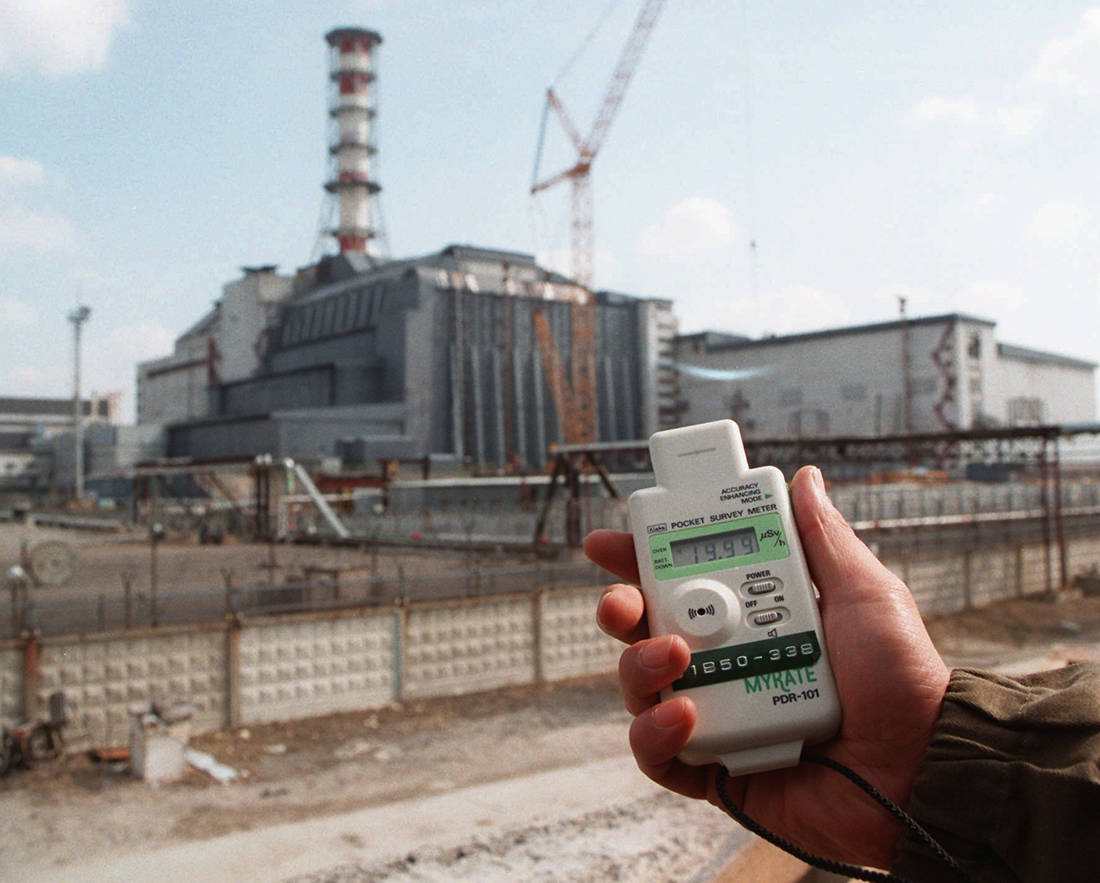
But the researcher tells us another story. Chernobyl happened in the last days of the Union, when the system began to shake steadily and energy needs could no longer be met. The factory was understaffed and employees were promoted to positions and duties they could not support. Even "dangerous risks," he writes, were taken to increase the station's productivity and waste time.
"Chernobyl hastened the collapse of communism," the researcher claims, "as destruction and disguise brought to the surface the flattery and resilience of the Soviet system." In the aftermath of the catastrophe, Gorbachev adopted a new package of reforms that effectively uprooted the "red" system. The so-called Eastern Bloc would soon be liberated from the USSR chariot.
Chernobyl, Higginbotham concludes, dispelled the illusion of the Soviet superpower and accelerated the collapse of existing socialism. Because, as he claims, he appeared to have been created with the materials of destruction…
